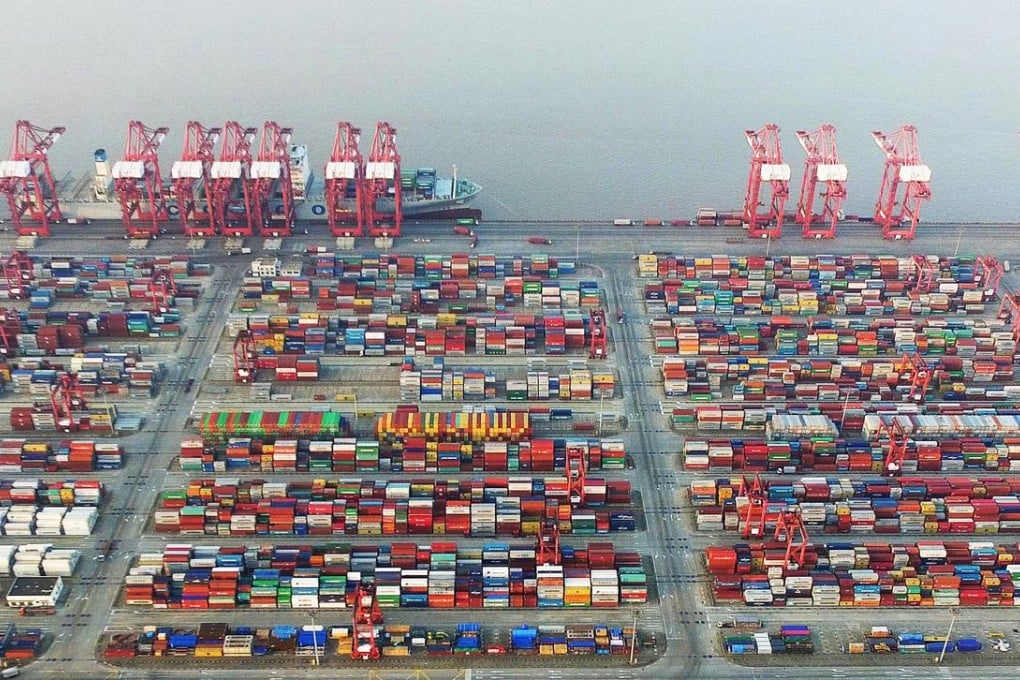Game on: How the US and China are vying for dominance in the battle of the Asia-Pacific trade pacts
The United States and China have competing proposals to write the rules of regional commerce

In the 19th century, Britain and Russia vied for dominance in the strategically important Central Asia region in what was called the Great Game.
Two centuries later, the modern day version of strategic rivalry is being played out in the Asia-Pacific, with the United States and China competing for supremacy.
Military activity in the South China Sea has made the disputed area a hot spot for potential conflict as the two countries jostle to control sea lanes through which 40 per cent of world trade passes.
But that is not the only front - the world's biggest and second-largest economies are battling to set global trade rules. The latest round of that contest will be played out this week at the annual Asia-Pacific Economic Cooperation summit, where US President Barack Obama and his Chinese counterpart Xi Jinping will join the leaders of 21 Pacific Rim nations from today in Manila, the Philippines.
Apec was created to forge unity on free trade within the region but Xi and Obama will use the gathering to lobby other member nations to join their own-initiated trade blocs, which exclude each other.
Xi will push the China-led Apec-based Free Trade Area of the Asia-Pacific (FTAAP), while Obama will try to enlist economies, such South Korea, Indonesia and Thailand, to the US-led Trans-Pacific Partnership (TPP) cause.
It comes amid growing unease in Beijing with Washington's dominance in setting new global investment rules and free-trade agreements. Apart from the TPP, the US has been promoting the Transatlantic Trade and Investment Partnership agreement, a proposal that would cover the US and Europe to create the world's biggest free-trade zone.
